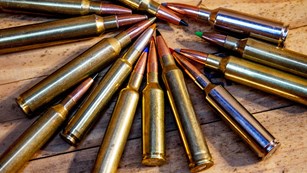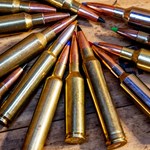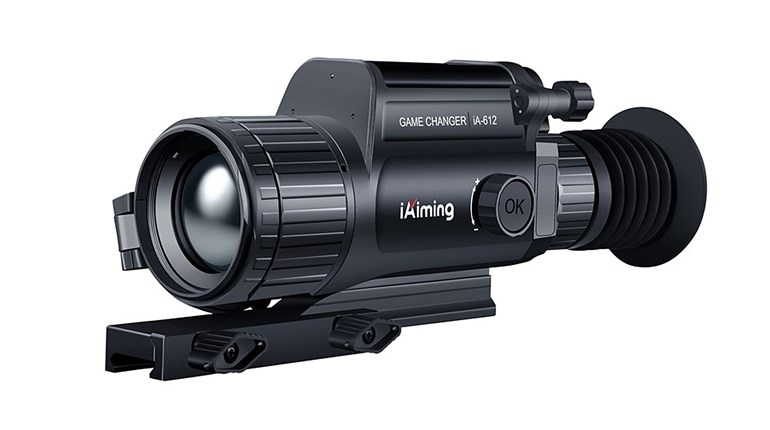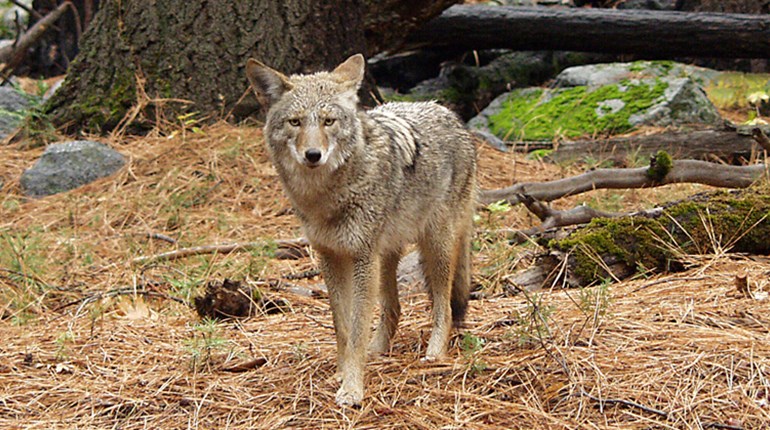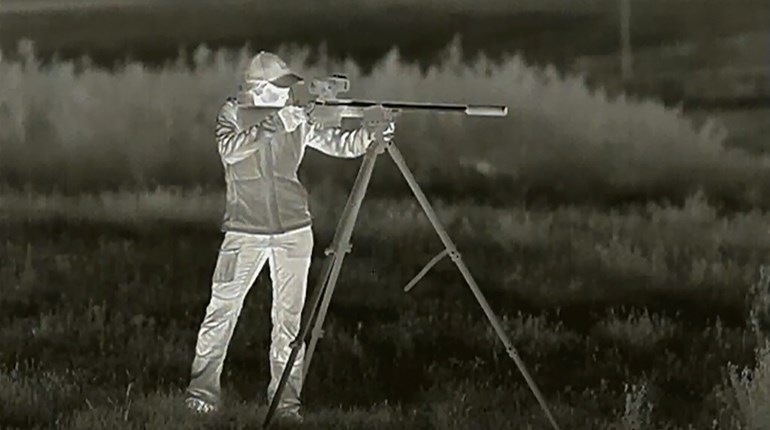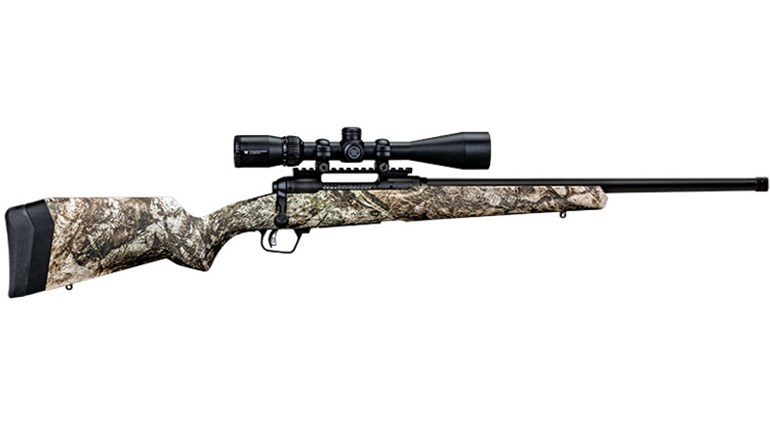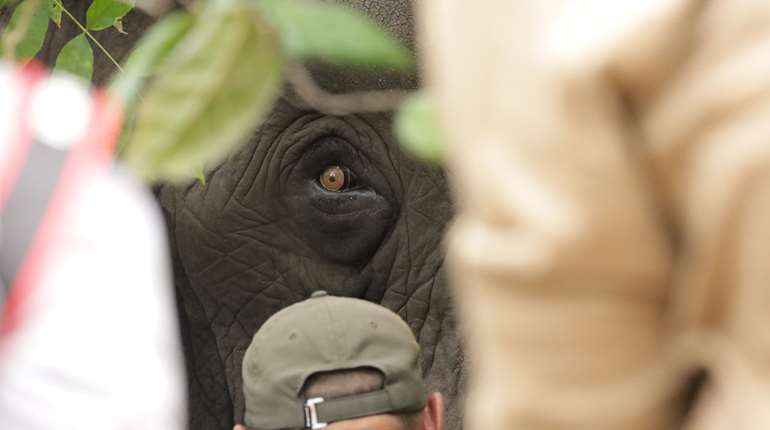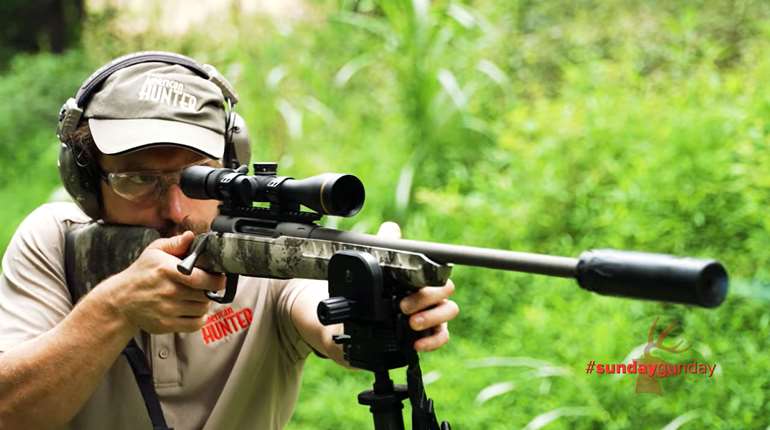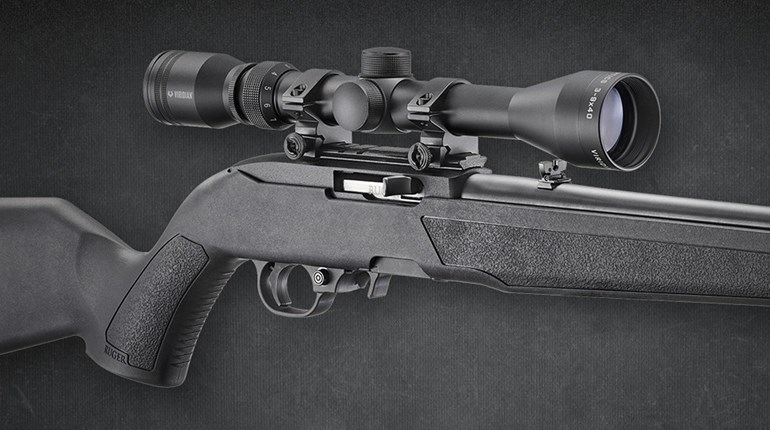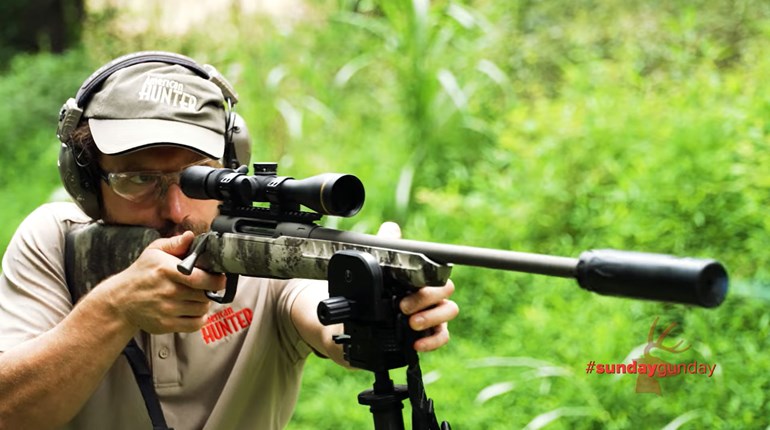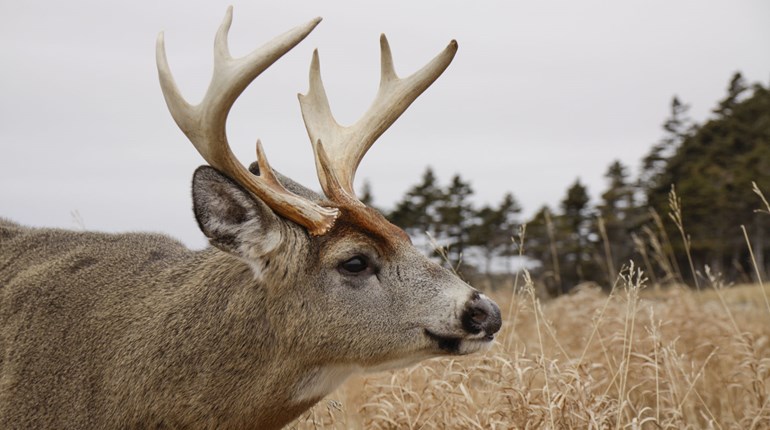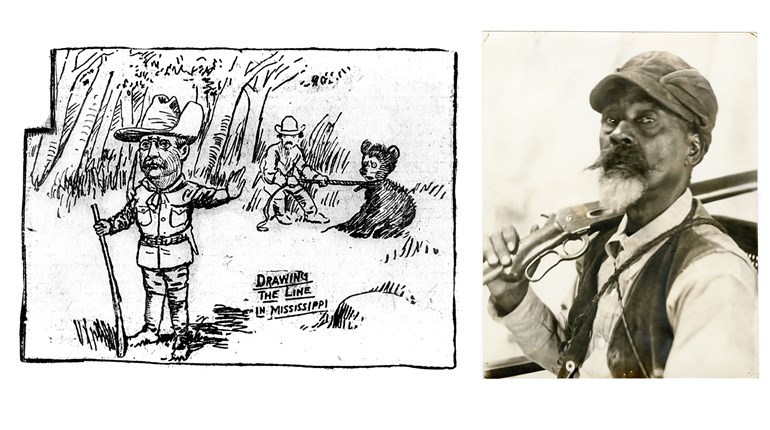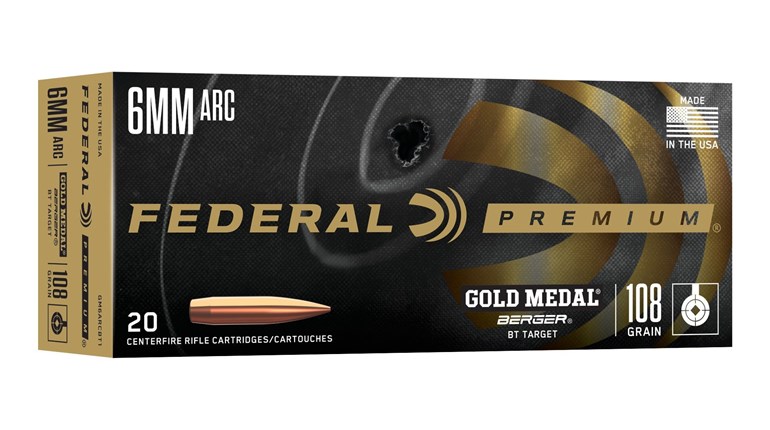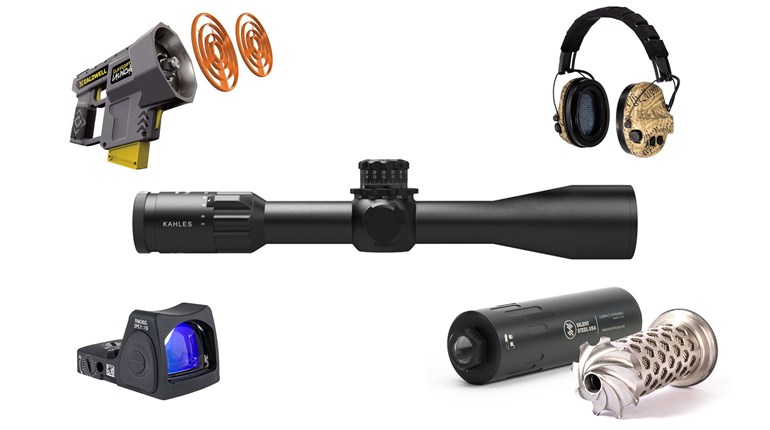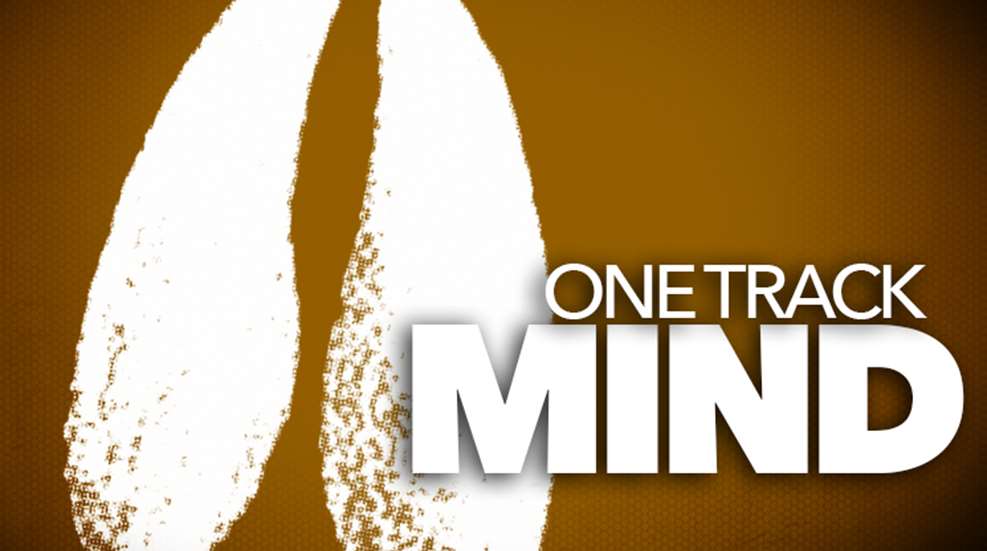
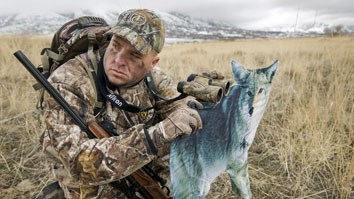 Decoys have become a large part of many predator hunters’ bags of tricks in recent years. Here are some pros and cons to using them.
Decoys have become a large part of many predator hunters’ bags of tricks in recent years. Here are some pros and cons to using them.
Pros
The big thing about decoys is that they create a sense of reality for curious predators, such as coyotes, bobcats and fox. Often predators will cautiously come to a call and stop, trying to visually confirm what they are hearing. You are giving them distress sounds, birds or maybe even coyote or fox vocalizations, but they don’t see what they hear. If they have been hunted at all, they may find a vantage point and try to obtain visual confirmation before coming closer. Sometimes a decoy is all it takes to get these wary predators into range.
Another decoy advantage is occupying the predator’s attention, making it less likely that it will spot you. Thus, you should put your e-caller’s speaker near the decoy and away from your hiding position. This is true whether using a coyote or fox decoy, or something resembling wounded prey or even a crow.
Cons
There are, however, down-sides to consider. For one, using decoys means you have more gear to pack into the field. Near home I almost always bring a rifle, shotgun, sitting pad, electronic caller and shooting sticks to just about every set-up I make. Add a few decoys and it’s a lot to pack comfortably and quietly. That’s why I use a large daypack to carry my gear, including decoys. I also like small decoys that are easy to pack and quick to set up and take down, like Montana Decoy’s Kojo Coyote.
Setting up decoys also means moving around and exposing yourself. If predators see or hear you while setting up, it’s over before it has even started. In open country I like to glass the area before setting up the dekes. Sometimes I just get that “feeling” and decide the risk isn’t worth it.
Decoys work best in broken country and hilly terrain, where coyotes can get a vantage point, and in wide open country where they can see forever. I also like them in farm country where I may need just a bit “extra” to get an interested predator to stick its head out of a ditch or corn row, or get it to come trotting across a bare field. Regardless, decoys can be a great addition to you predator gear.




